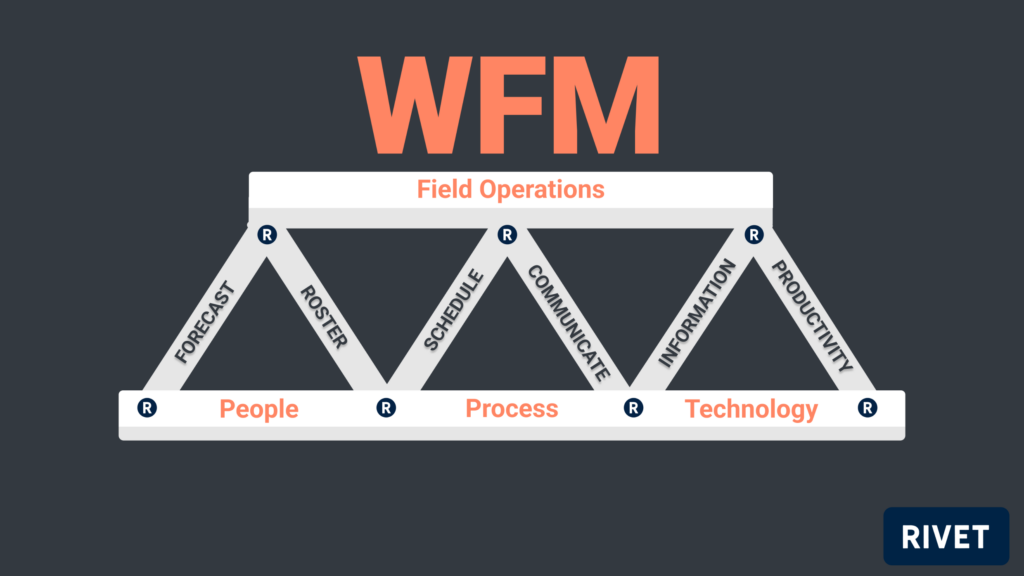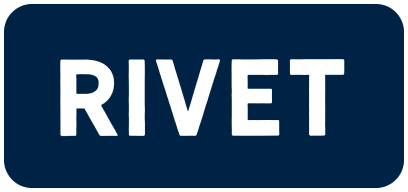GUIDE
The Workforce Management breakout
A summary of the key areas for Workforce Management for self-perform and MEP contractors

How do you define the 6 key areas of Workforce Management? Here’s a summary of each.
Forecast: Identifying needs for personnel on current or future jobs or pursuits. How do you identify where you are committed? Where are you going to need more people? Maybe on an existing job, you need a few more apprentices and you also have an entire future job where you need to plan. What will the load of that commitment be on your workforce?
Roster: or the act of roster meeting, is a complete and maintained list of our workforce. A system of record where you can reference what makes your people unique. What do you need to know to best utilize them or maybe to best develop them? Rostering is being able to consolidate the information that makes your people unique. But from an operations perspective, you can sort your people by certifications, trainings, experiences.
Schedule: How you actually consider the individual current and future availability of your people. How do you find not just who’s available but who’s the best fit? How do you go through the process of identifying your applicable workers? Are they available? Are they qualified? Can they go on site or can you intentionally put somebody to that assignment, fill that need to develop them better?
Communications: the active alerting or the active pushing of information to specific individuals. You’re sharing certain information through dispatches. But the communication aspect is you actually have to contact that person that is gonna go from project A to project B, and you need to alert the project stakeholders on project B to communicate with them. Another layer of communication is reminders — reminding your project stakeholders you’re planning on transferring people to another job in the coming weeks. Are you using text messages? Emails? Or maybe it’s in phone calls and sticky notes if you’re using white boards and you don’t have a software tool in place.
Information: The appropriate data and information available to the right people at the right time. In other words, do your people have access to controlled transparency? Can they see the right thing? Can they influence and update the right things, and is it in real time? And when they update their piece of the pie, is everyone seeing the same thing? Information types can be project plans, specifications, change orders, for example. If you’re going to be highly efficient, you’re going to define what information will go to whom.
Productivity: What is actually happening? Are you on track? Are you ahead, are you behind? This is where earned value analysis comes into play. Earned value ties right back into forecasting and earned value is a topic all in and of itself. It is a measure of productivity. This is where you turn back and look at your forecast and evaluate if you’re on plan to determine if the proejct will be successful and prevent margin fade.
Start today.
Adopting the RIVET Workforce Management Platform can have a huge impact on your field performance and profitability.
Brian Witt and Gary Fuchs share decades of experience in truly tackling Workforce Management problems with thousands of contracting businesses, as well as experiences, challenges, and success from contractors across the globe.
Get Started Today
Construction labor challenges can be greatly reduced with the right software

